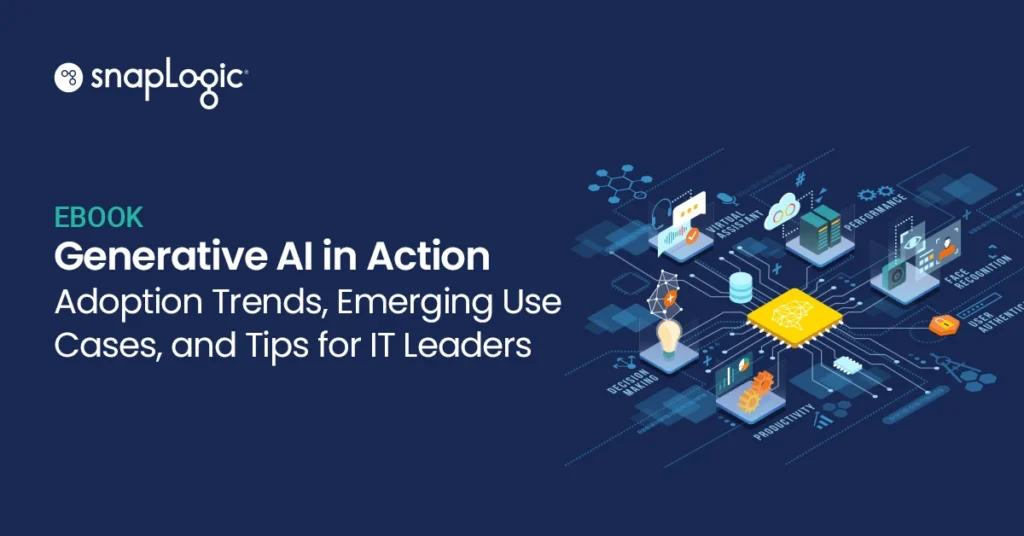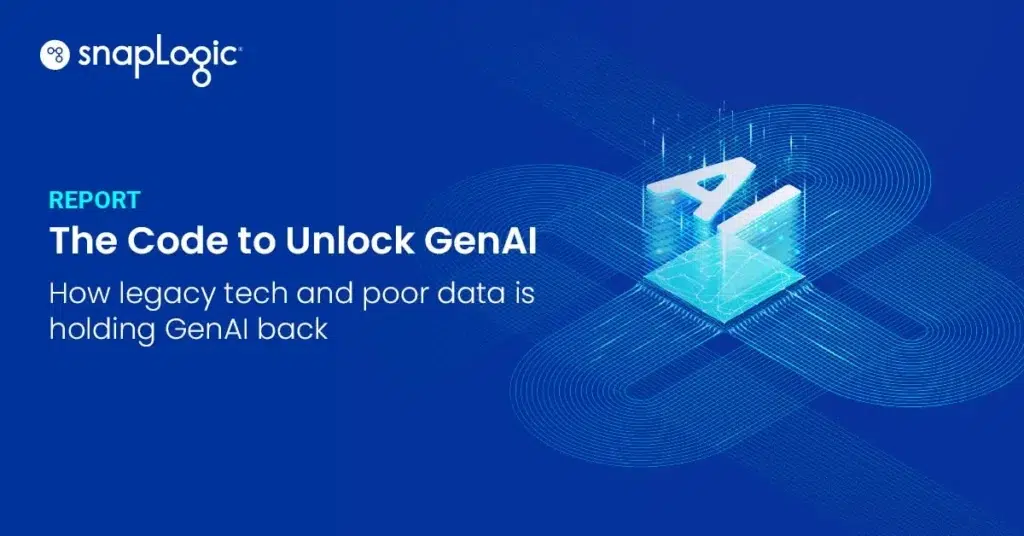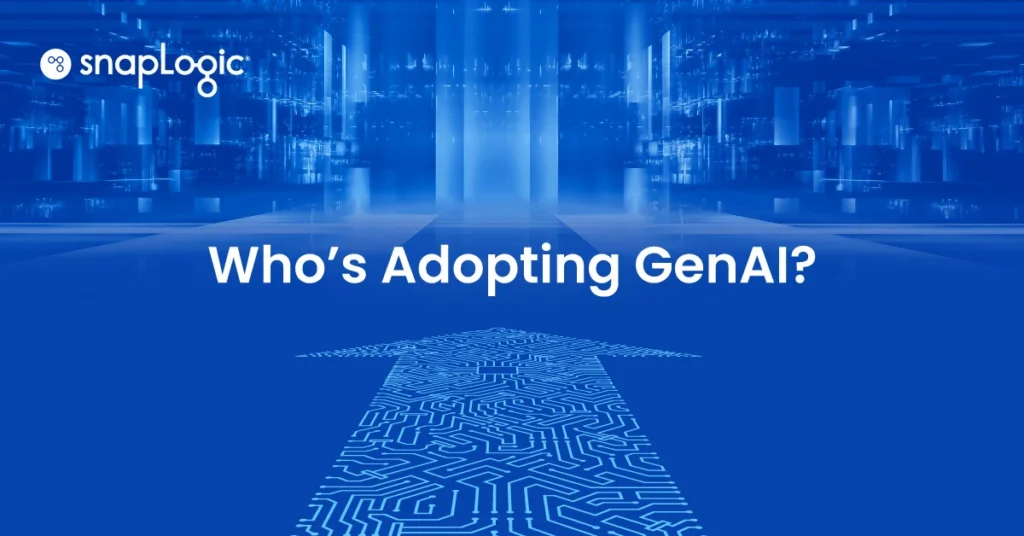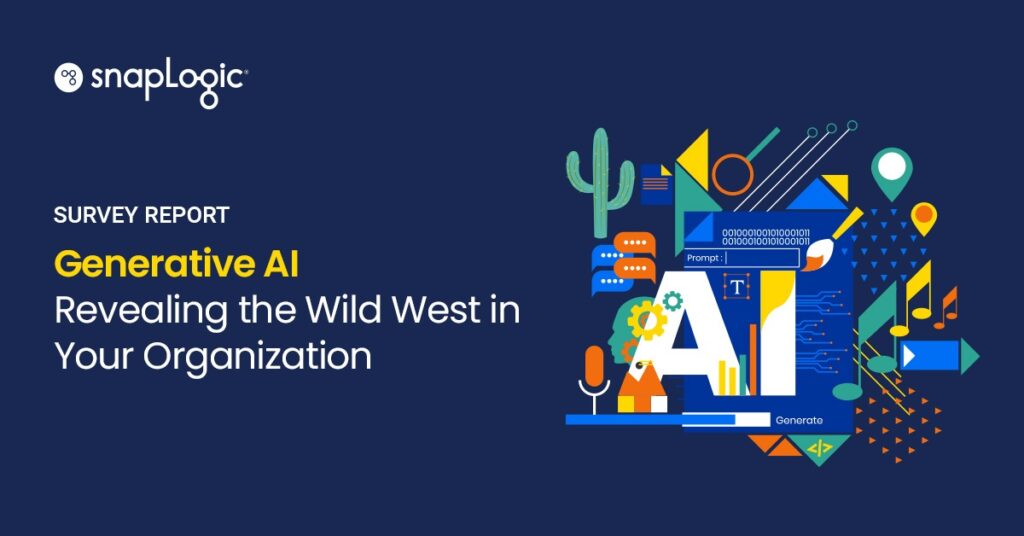What is Generative AI?
Generative AI (also known as GenAI) refers to a category of artificial intelligence that can create new content, such as text, images, music, or code, often indistinguishable from what humans can produce. This type of AI uses machine learning models, particularly deep learning and neural networks, to generate novel outputs based on the patterns and structures learned from large datasets.
What are the key components of Generative AI?
Data processing: Starts with the ingestion of large datasets for training, where quality and diversity of data are crucial for the model’s performance.
Large Language Models (LLMs): Advanced artificial intelligence models trained on vast amounts of textual data to understand, generate, and manipulate human language meaningfully.
Model training: Involves fine-tuning pre-trained models on specific tasks or datasets to enhance their generative capabilities.
Output generation: The model can then produce new content, solutions, or ideas that reflect the complexity and creativity of its training data.
Use cases for Generative AI in the enterprise
Generative AI can be used in many ways within enterprise settings to enhance productivity, drive innovation, and improve customer experiences.
Marketing, sales and customer support
- Automatically generate blog posts, social media content, product descriptions, and ad copy. Produce images, videos, and graphics for marketing campaigns
- Use chatbots and virtual assistants to enhance search, provide 24/7 customer service, handle FAQs, and troubleshoot issues using natural language processing. Generate personalized email responses to customer inquiries.
- Generate personalized sales pitches, proposals, and content or product recommendations based on a client’s behavioral and demographic data and chosen preferences.
Product development, engineering and IT
- Create prototypes and design concepts for new products and assist developers by generating code snippets, automating routine coding tasks, and suggesting improvements.
- Build synthetic datasets for training machine learning models, especially when real data is scarce or sensitive.
- Enhance and clean existing datasets to improve the quality of data analytics.
Internal operations: HR, finance, legal & compliance
- Automatically screen resumes and schedule interviews based on candidate qualifications. Create customized training materials and simulations to enhance employee skills and knowledge.
- Generate detailed financial reports, market analyses, and investment insights. Build automations to reconcile financial data across systems. Analyze patterns and generate alerts for potential fraudulent activities.
- Automate the review and analysis of legal documents, contracts, and compliance reports. Draft contracts and legal documents based on predefined templates and client inputs.
Generative AI security and governance
Ensuring the security and privacy of Generative AI technologies is paramount for their safe and ethical application. This involves adopting comprehensive security measures to protect the security and privacy of data used for generative AI, implementing robust access controls, and ensuring transparency in AI operations.
It’s also critical to regularly update and review security protocols to address emerging threats and vulnerabilities. These practices help in mitigating risks associated with GenAI deployments, ensuring that these powerful tools are used responsibly within enterprises and other settings.
Generative AI represents a significant leap towards machines exhibiting creativity and innovation, offering a glimpse into the future of technology where AI partners with humans in creative processes.
Common generative AI models
GPT-4 (and predecessors like GPT-3): Developed by OpenAI, GPT-4 is a language model capable of generating coherent and contextually relevant text. It can be used for tasks like writing essays, answering questions, generating creative content, and more.
DALL-E: Also developed by OpenAI, DALL-E generates images from textual descriptions. It can create novel and imaginative images based on prompts given in natural language.
ChatGPT: A conversational AI model built on GPT technology, ChatGPT can engage in human-like dialogue, provide customer support, and answer questions in a conversational manner.
For more on artificial intelligence, check out our entry on Robotic Process Automation.









